The Spice Cabinet Must-Haves: 10 Essential Spices Every Kitchen Needs
Let’s be real — your kitchen is only as exciting as the spices in your cupboard. Whether you're a weekend griller, an ambitious home cook, or a seasoned chef with a Michelin-worthy pantry, having the right spices on hand can turn even the most basic ingredients into something magical.
In this article, we’re diving deep into the must-have spices that should never go missing from your kitchen shelf. We’ll explore their flavor profiles, best uses, and even give you a practical guide on how to choose the best quality ones. Buckle up — it’s about to get aromatic!
Table of Contents
- Why Spices Matter
- Top 10 Essential Spices You Need Now
- Buying Guide: How to Choose the Best Spices
- Storage Tips for Maximum Freshness
- Final Thoughts
Why Spices Matter: More Than Just Flavor Boosters
Spices do more than just jazz up your food — they’re like the wardrobe of your kitchen. They bring color, depth, warmth, and even surprise to your meals. Historically, spices were worth their weight in gold. Today, they remain some of the most powerful tools in any cook's arsenal.
From anti-inflammatory properties (looking at you, turmeric) to digestive benefits (hello, cumin), spices are nature’s way of giving your body a boost while making dinner delicious.
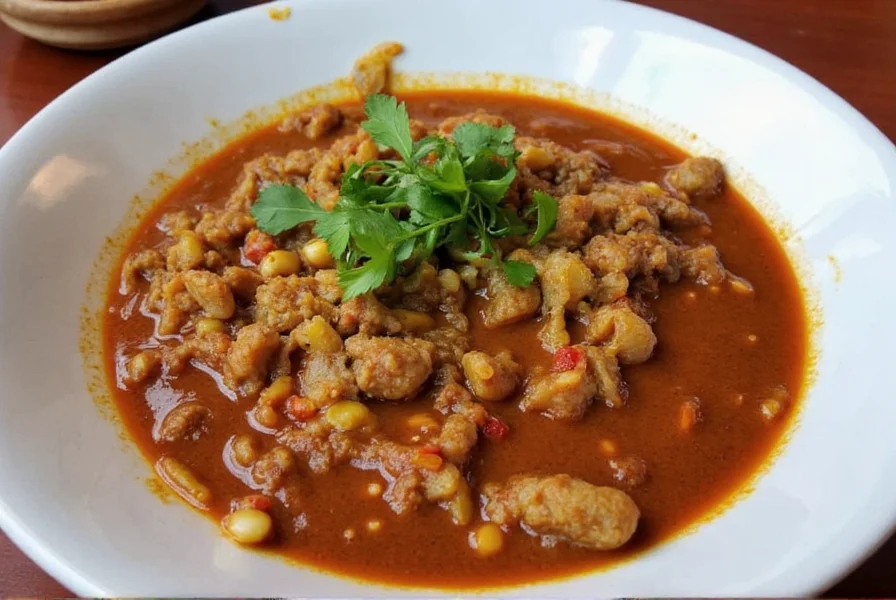
Top 10 Essential Spices Every Kitchen Should Have
Here’s our definitive list of essential spices you need in your pantry. Each one brings something special to the table — literally.
1. Black Pepper
The king of spices. A pinch of freshly ground black pepper can elevate everything from scrambled eggs to steak.
- Flavor Profile: Earthy, sharp, slightly floral
- Best For: Seasoning meats, soups, sauces, and roasted vegetables
- Pro Tip: Buy whole peppercorns and grind them yourself for maximum flavor.
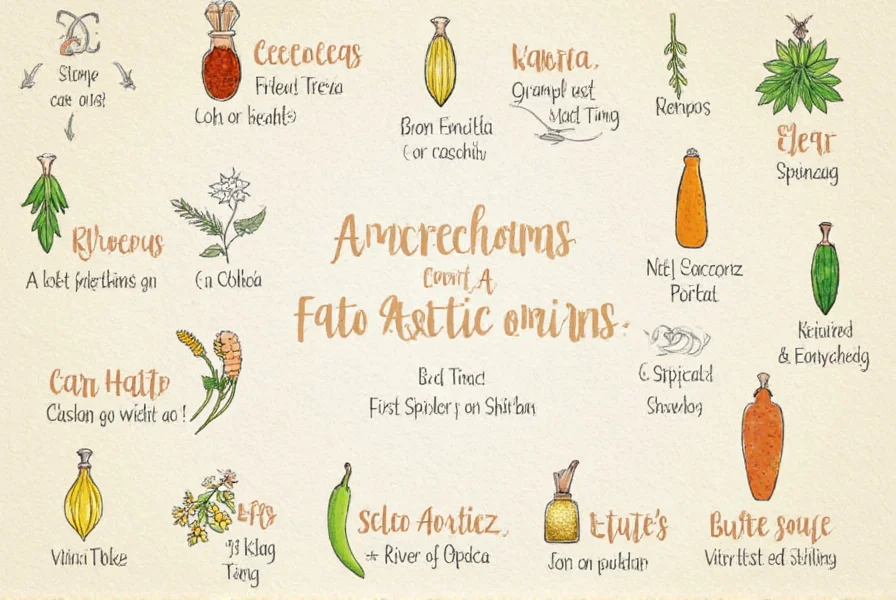
2. Cumin
Cumin is a warm, nutty spice with a bold earthiness that anchors many global dishes.
- Flavor Profile: Smoky, warm, slightly bitter
- Best For: Mexican, Indian, Middle Eastern cuisines; perfect for curries, chili, and tacos
- Pro Tip: Toast cumin seeds before grinding for enhanced aroma.
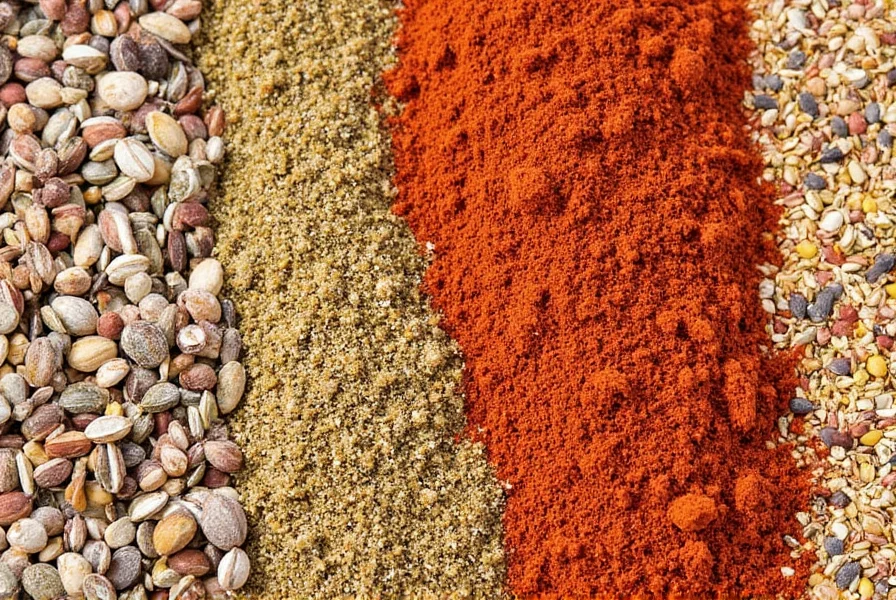
3. Paprika
Paprika adds both color and a mild, sweet flavor — unless you opt for smoked or hot varieties.
- Flavor Profile: Sweet, smoky, or spicy (varies by type)
- Best For: Chicken paprikash, deviled eggs, grilled veggies
- Pro Tip: Use Hungarian paprika for authentic flavor, not generic supermarket versions.
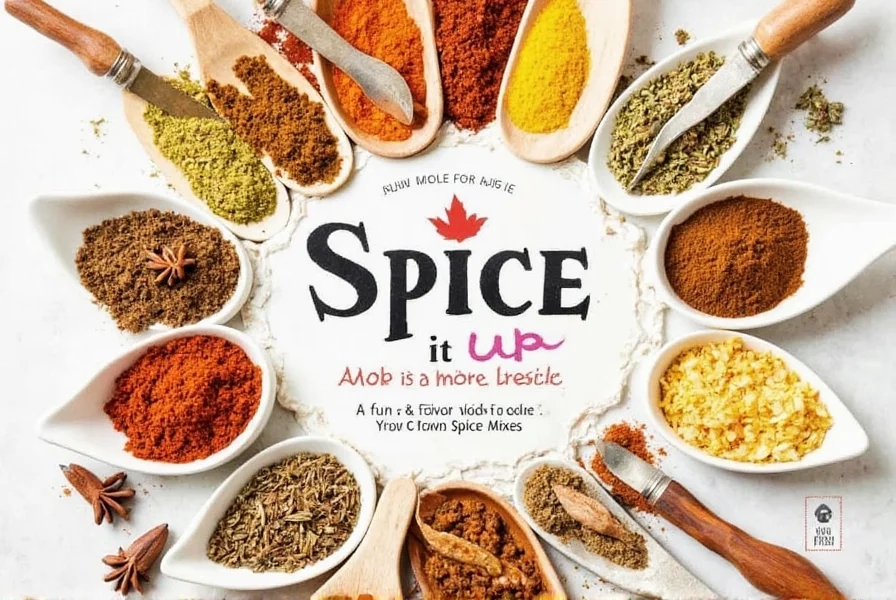
4. Garlic Powder
The powdered form of garlic packs a punch without the hassle of chopping fresh cloves.
- Flavor Profile: Savory, umami-rich, slightly pungent
- Best For: Rubs, marinades, sauces, seasoning blends
- Pro Tip: Avoid clumping by storing in a dry place.
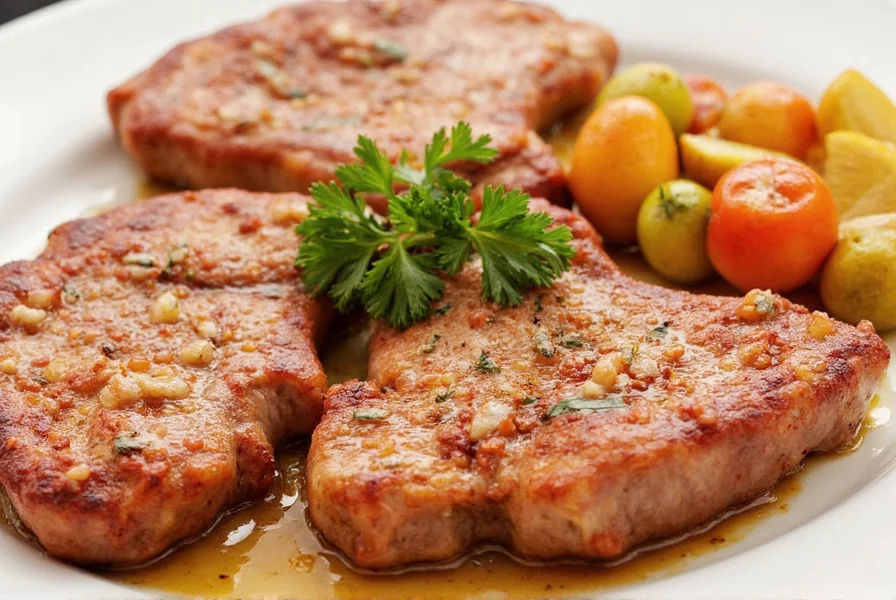
5. Onion Powder
Like garlic powder, onion powder is a kitchen MVP for building layers of flavor quickly.
- Flavor Profile: Sweet, savory, slightly sharp
- Best For: Soups, stews, burger patties, casseroles
- Pro Tip: Combine with garlic powder and salt for a quick all-purpose seasoning.
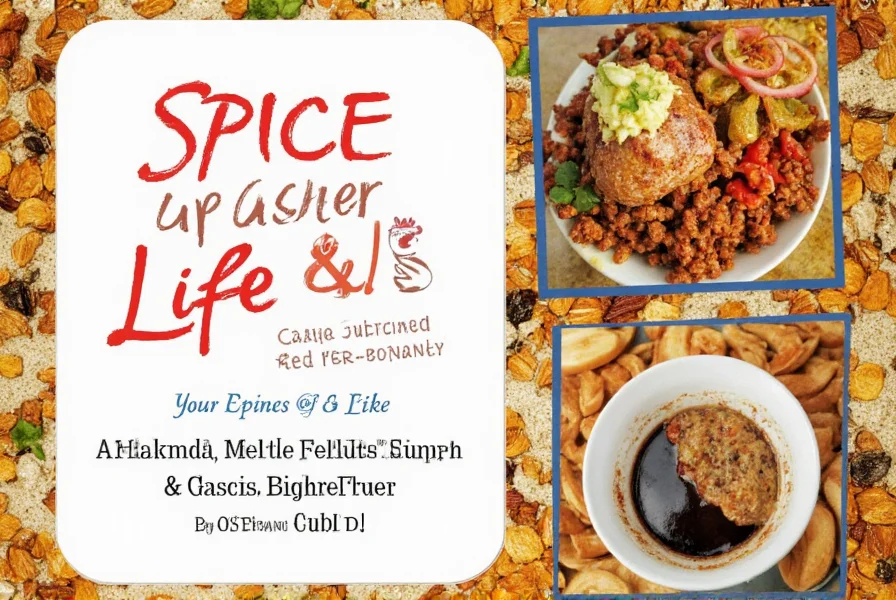
6. Chili Powder
Don’t confuse it with chile powder! This is usually a blend of ground chiles, cumin, garlic, and oregano.
- Flavor Profile: Spicy, earthy, aromatic
- Best For: Tex-Mex dishes like chili con carne, tacos, fajitas
- Pro Tip: Check the label — some brands add fillers like flour or cornstarch.
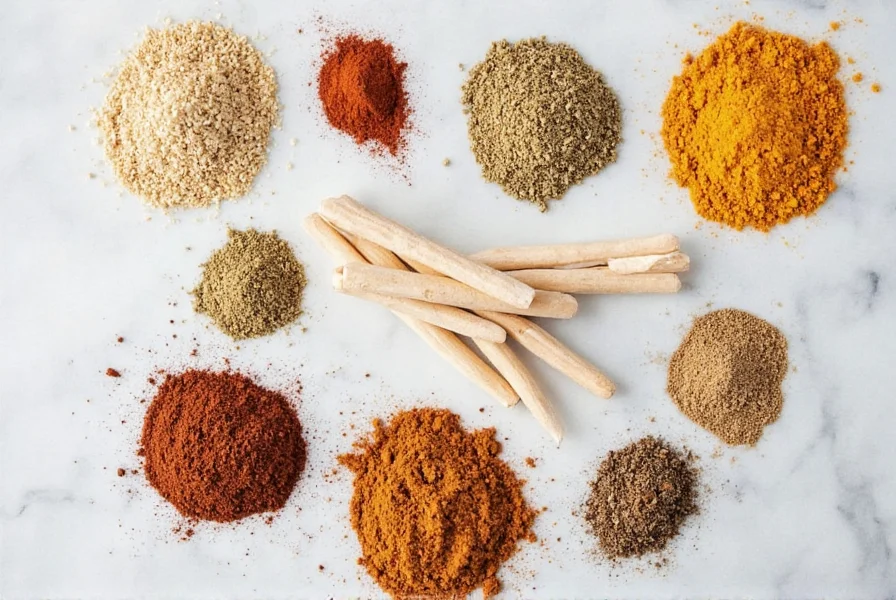
7. Ground Cinnamon
Sweet, warming, and nostalgic — cinnamon is as versatile in savory dishes as it is in desserts.
- Flavor Profile: Warm, sweet, woody
- Best For: Baking, Moroccan tagines, spiced tea
- Pro Tip: Ceylon cinnamon is preferred over Cassia for its delicate flavor and lower coumarin content.
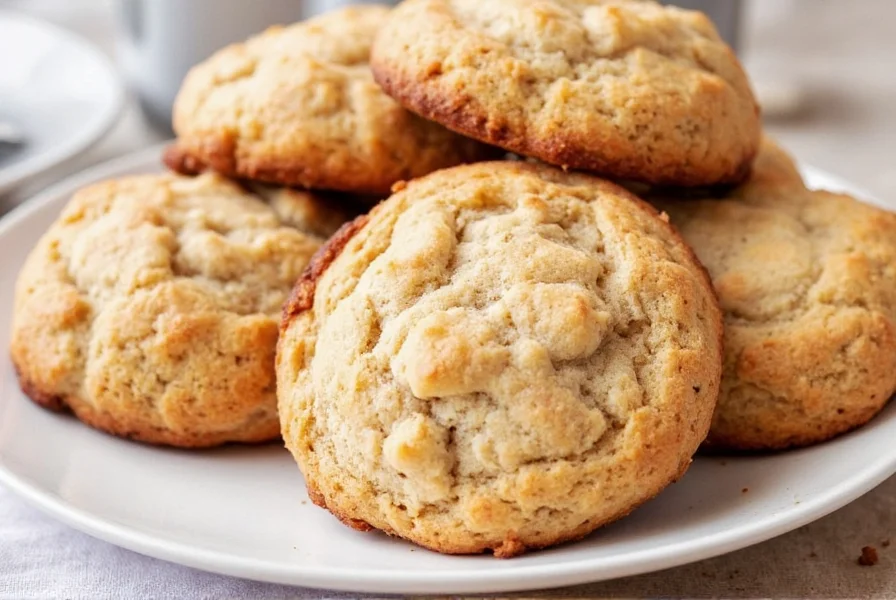
8. Oregano
This Mediterranean herb turns up the flavor volume in tomato-based dishes.
- Flavor Profile: Robust, earthy, slightly bitter
- Best For: Italian and Greek cuisine — pizza, pasta sauce, grilled lamb
- Pro Tip: Dried oregano often has more concentrated flavor than fresh.
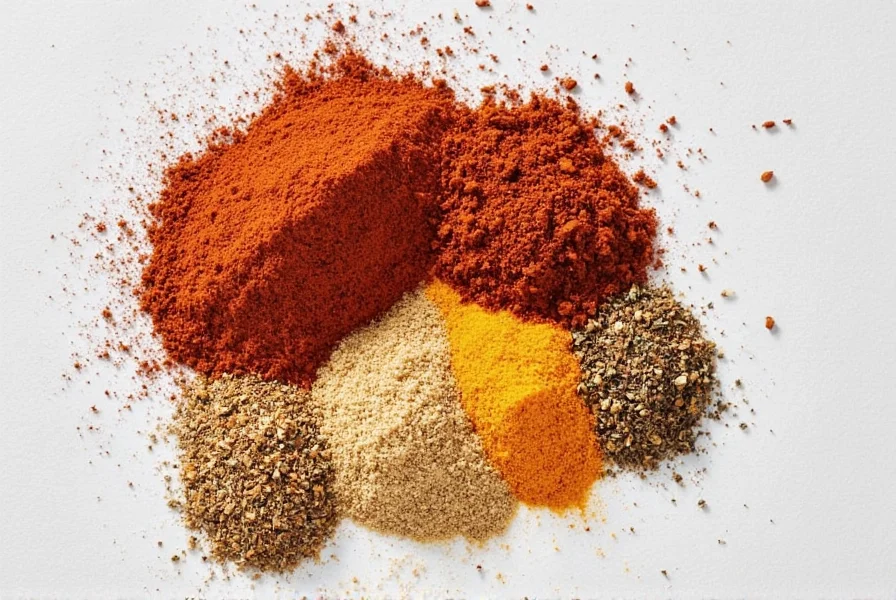
9. Turmeric
The golden spice known for its vibrant hue and health-boosting properties.
- Flavor Profile: Earthy, bitter, slightly musky
- Best For: Curries, golden milk, rice dishes
- Pro Tip: Pair with black pepper to enhance absorption of curcumin.
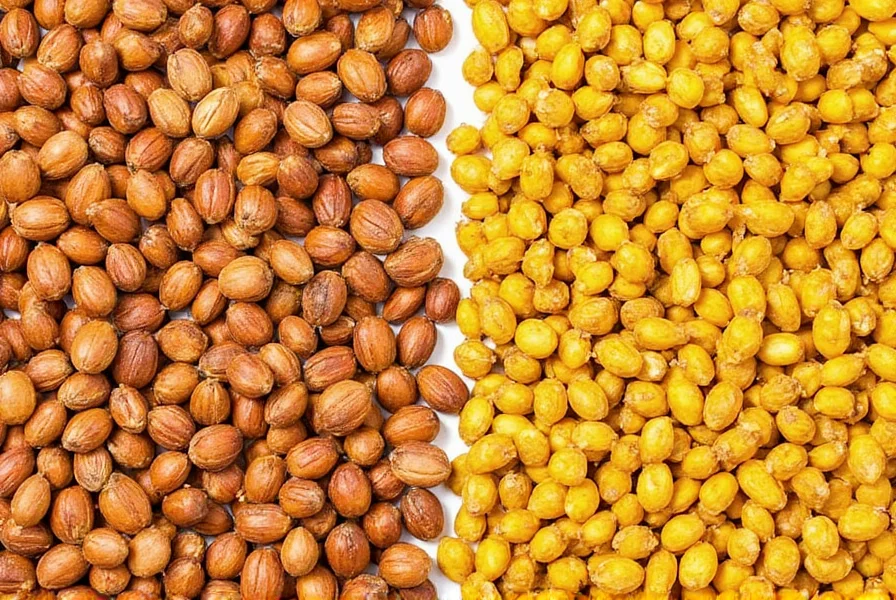
10. Bay Leaf
Often overlooked but incredibly useful, bay leaves infuse depth into slow-cooked dishes.
- Flavor Profile: Herbal, minty, slightly bitter
- Best For: Stocks, soups, braises, pickling brines
- Pro Tip: Always remove before serving — bay leaves are tough and not meant to be eaten.
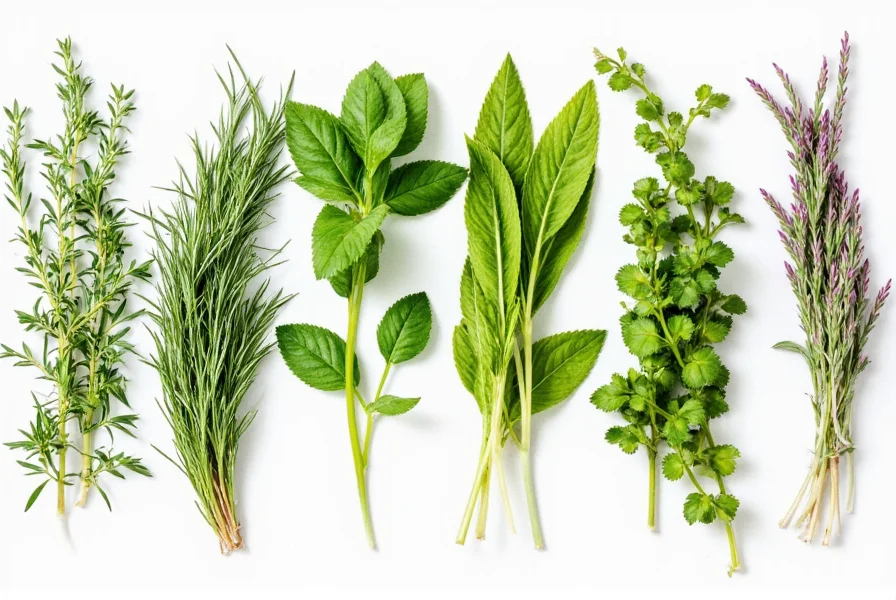
| Spice | Flavor | Best For | Key Tip |
|---|---|---|---|
| Black Pepper | Earthy, sharp | All-purpose seasoning | Use freshly ground |
| Cumin | Smoky, nutty | Mexican, Indian dishes | Toasting enhances flavor |
| Paprika | Sweet/smoky/spicy | Chicken, eggs, veggies | Choose Hungarian variety |
| Garlic Powder | Savory, pungent | Rubs, marinades | Avoid moisture |
| Onion Powder | Sweet, sharp | Stews, burgers | Combine with garlic |
| Chili Powder | Spicy, earthy | Tacos, chili | Check for fillers |
| Ground Cinnamon | Warm, sweet | Baking, tagines | Ceylon over Cassia |
| Oregano | Robust, earthy | Pizza, pasta | Dried > Fresh |
| Turmeric | Earthy, bitter | Curries, golden milk | Pair with pepper |
| Bay Leaf | Minty, herbal | Stocks, braises | Remove before eating |
Buying Guide: How to Choose the Best Quality Spices
Not all spices are created equal. Here’s how to make sure you’re getting the good stuff:
Whole vs. Ground: What’s Better?
- Whole Spices: Retain freshness longer; best for items like peppercorns, cumin seeds, and cinnamon sticks.
- Ground Spices: More convenient but lose potency faster; best stored in small quantities.
How to Read Spice Labels
Look out for these key details:
- Country of Origin: Often printed on the bottle — important for flavor authenticity.
- Harvest Date: Fresher is better. If not listed, ask your vendor.
- Additives: Avoid fillers, preservatives, and artificial flavors.
Reputable Brands Worth Trying
| Brand | Specialty | Best For | Price Range |
|---|---|---|---|
| Penzeys Spices | High-quality, single-origin spices | Home cooks who care about flavor | $$ |
| McCormick Gourmet | Consistent quality, wide availability | Everyday cooking essentials | $ |
| Spice Islands | Organic, sustainably sourced | Eco-conscious buyers | $$ |
| La Flor | Authentic Latin American spices | Taco lovers and Latin fusion fans | $ |
When to Splurge vs. When to Save
- Invest In: Rare spices like saffron, vanilla beans, or high-end cinnamon.
- Save On: Commonly used staples like paprika, garlic powder, or bay leaves.
How to Store Spices for Long-Lasting Flavor
Even the best spices will fade if stored improperly. Follow these simple rules:
- Keep Them Cool: Store in a dark, cool cabinet away from heat sources like the oven.
- Air-Tight Containers: Transfer spices to sealed jars to preserve freshness.
- Label Everything: Mark purchase dates so you know when it’s time to replace them.
- Watch for Color Changes: If your paprika starts looking pale, it’s time to toss it.
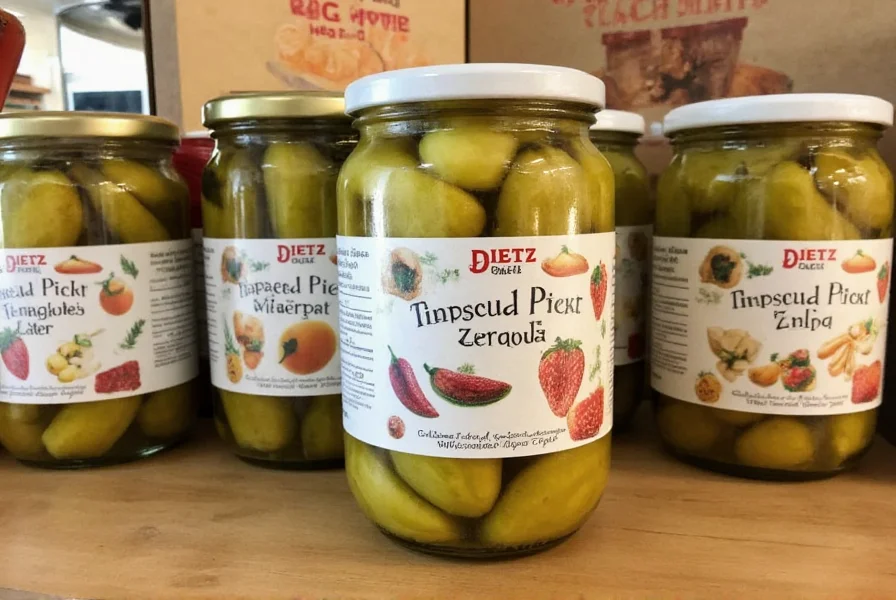
Final Thoughts: Build Your Spice Dream Team
Your spice collection is a reflection of your culinary personality. With just a handful of these essential spices, you’ll unlock a world of flavor and versatility in your kitchen.
Whether you’re a minimalist who likes simplicity or a spice junkie collecting rare powders from around the globe, knowing what’s in your pantry is the first step toward becoming a better cook.
So go ahead — refill those jars, try new combinations, and don’t forget to smell every spice before you cook. After all, that’s half the fun!
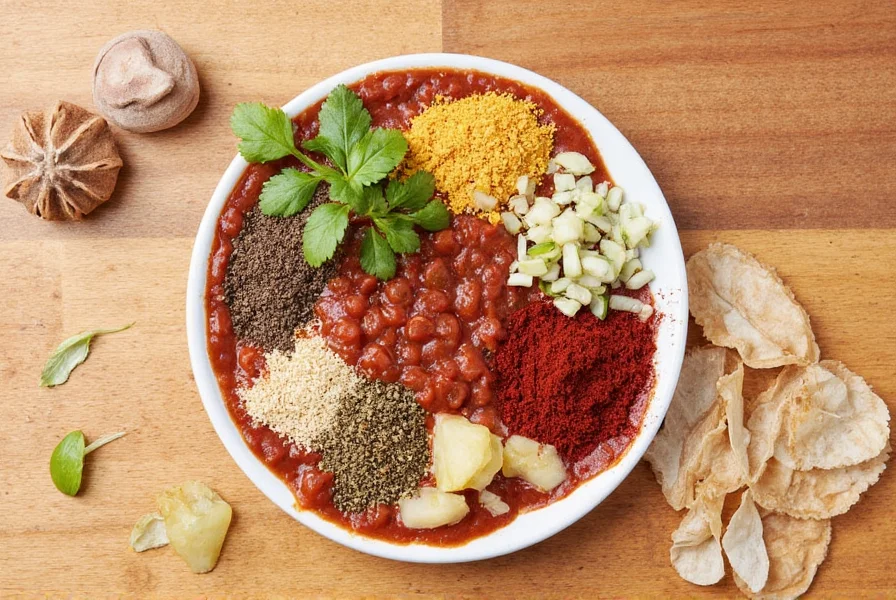
Got a favorite spice we didn’t mention? Share it with us in the comments below!










 浙公网安备
33010002000092号
浙公网安备
33010002000092号 浙B2-20120091-4
浙B2-20120091-4